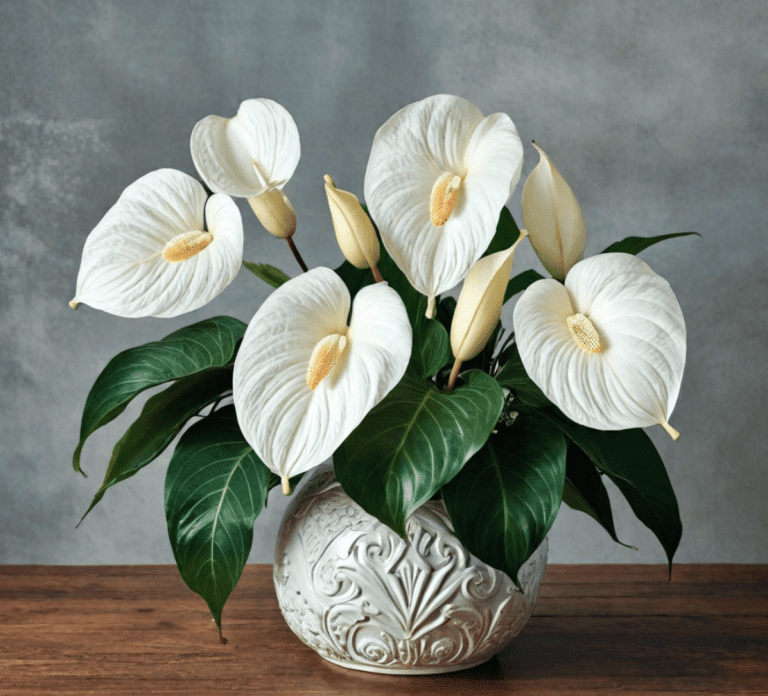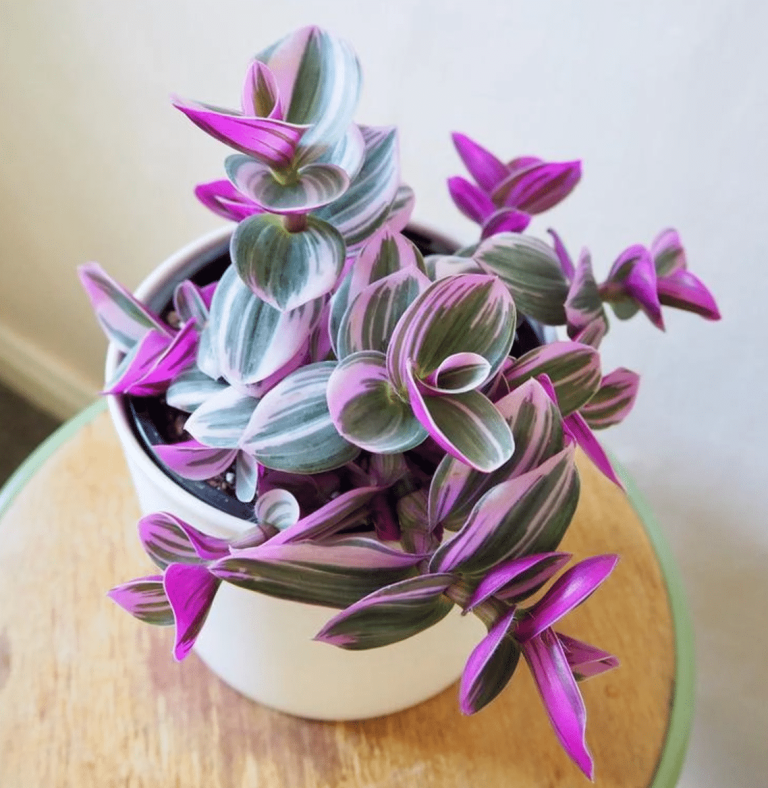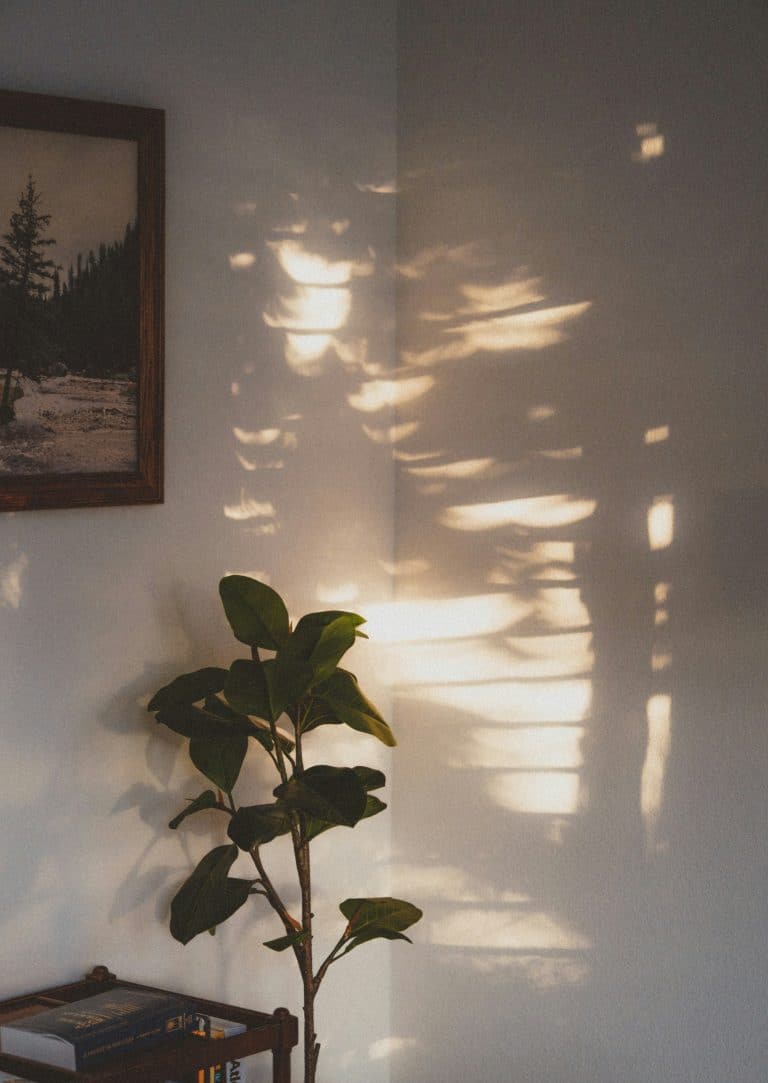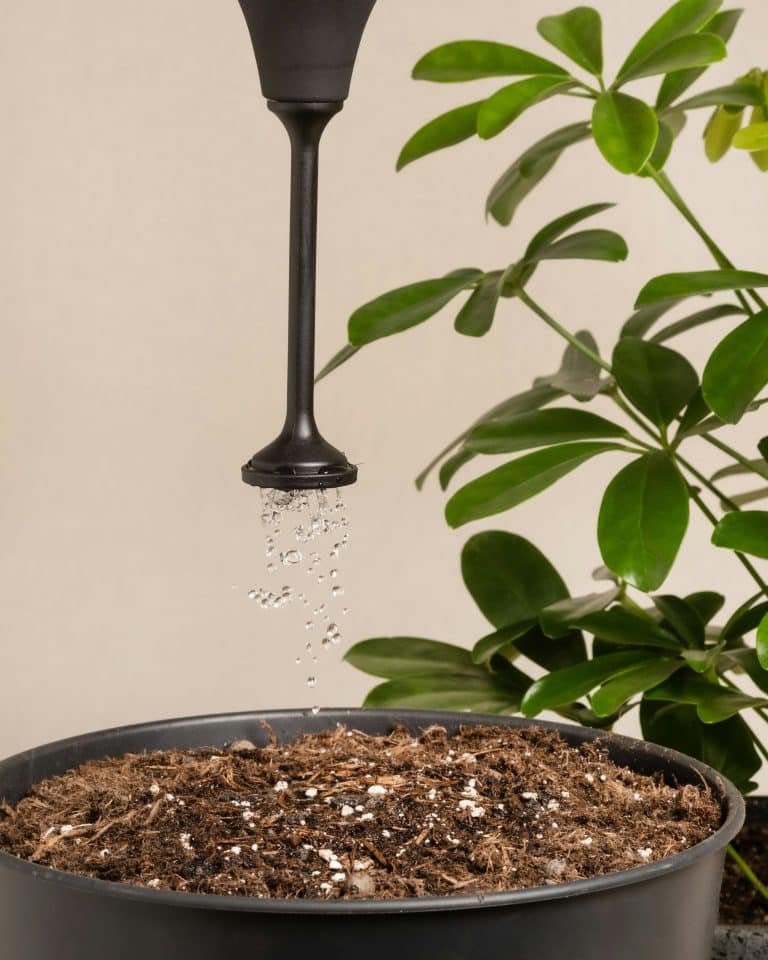How to Extend the Blooming Period of Indoor Flowers
Extend the blooming period of indoor flowers with tips from our Brooklyn community home—simple tricks to keep your houseplants flowering longer.
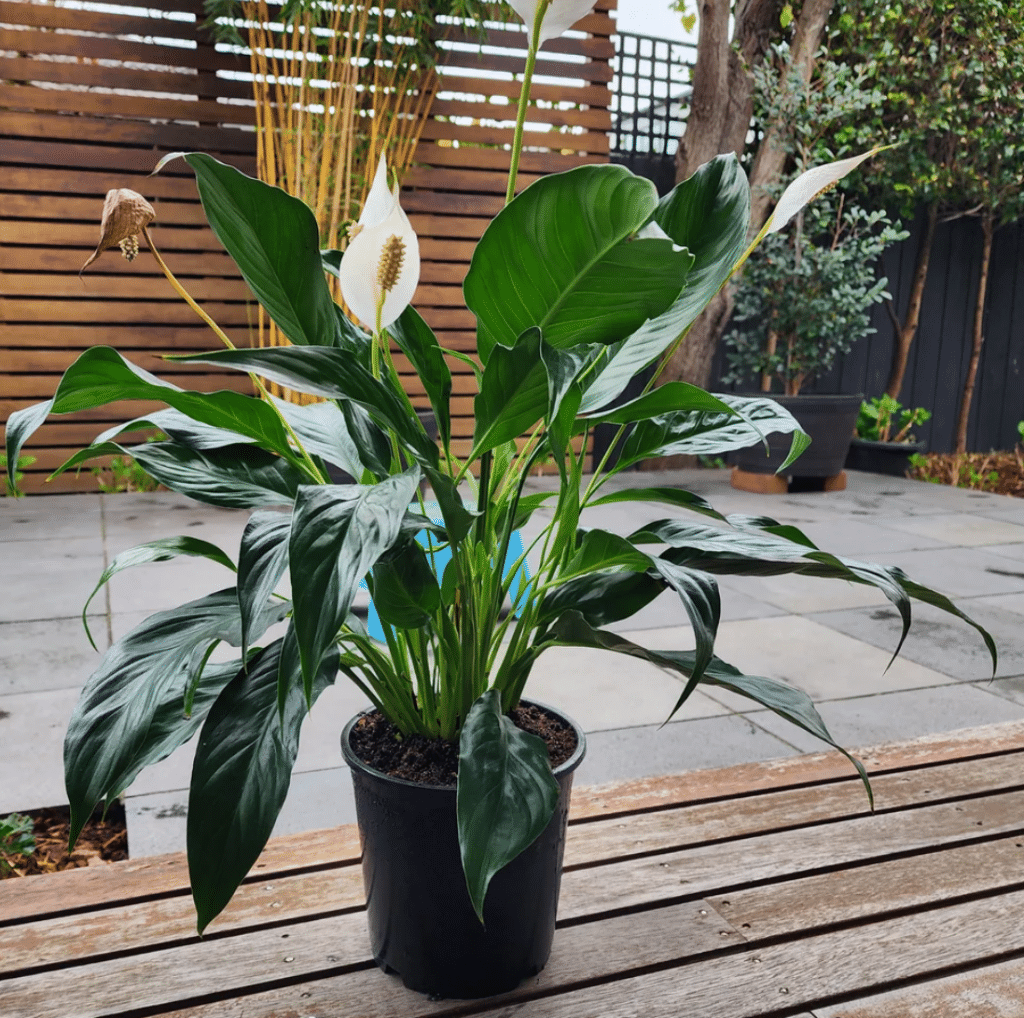
When you purchase through links on our site, we may earn an affiliate commission, which helps sustain our blog!
Is there anything better than watching your indoor flowers burst into bloom? But just as quickly as they arrived, they fade. The good news? With a few smart changes, you can make those gorgeous blossoms last longer—sometimes even weeks longer!
We’ve tested this across dozens of flowering plants in our Brooklyn home—from African Violets and Begonias to Orchids and Hibiscus. Extending bloom time isn’t about luck—it’s about giving your plants exactly what they need before, during, and after flowering. This beginner-friendly guide walks you through every step, so your blooms stick around and put on a show that lasts.
Understanding the Flowering Cycle of Indoor Plants

The 3 stages: bud development, full bloom, and fading
Flowering isn’t just about the bloom itself. It starts with bud formation, moves into peak blooming, and eventually transitions to fading and recovery. We’ve noticed that if we’re careful during that first bud stage—keeping conditions just right—the flowers that follow are usually bigger and longer-lasting. Once the bloom starts to fade, we ease up on feeding and start pruning.
Why bloom length varies by species
Our hibiscus flowers last maybe a day or two. Meanwhile, African violets seem to bloom for weeks without stopping. It took us a while to realize this wasn’t a care issue—it’s just how the species behaves. Knowing the normal bloom length for your plant helps you set expectations and avoid thinking something’s wrong when it isn’t.
Signs a plant is entering or exiting a bloom phase
We’ve gotten better at spotting when a plant is about to bloom—look for swelling nodes, tighter leaf growth, or small buds starting to peek through. When a plant is exiting the bloom phase, you’ll often see wilting petals, slower leaf production, or a slight pause in new growth. That’s our signal to prune, reduce feeding, or give it a break.
Importance of pre-bloom care for longer-lasting flowers
The biggest shift came when we started prepping our plants before we expected blooms. More light, slightly warmer temperatures, and a phosphorus-rich feed all seemed to help. We even noticed that watering on a consistent schedule during the bud phase made blooms fuller and prevented petal drop. That pre-bloom period is like a runway—get it smooth, and your flowers will take off. Read also: Why won’t my flowering houseplants bloom?
Light Management for Extended Bloom Time
Ideal light intensity for flowering phase
During blooming, we aim for bright, indirect light that lasts most of the day. We’ve found that 6–10 hours of consistent light really makes a difference. If the plant gets too little, the buds often form but never open. Too much harsh light, and the petals start curling in or dropping early. Read also: How much light to flowering houseplants need?
East-facing vs. west-facing window placements
We love east-facing windows for flowers like orchids and violets—they get soft morning sun that encourages bloom without stressing the plant. West-facing windows work too, but in summer, they can be a bit intense. We usually pull plants back a foot or two, or use a sheer curtain to cut the glare.
Supplementing with full-spectrum grow lights
In winter, or in low-light homes, grow lights are our secret weapon. We use full-spectrum LED lights, running them for about 10–12 hours to mimic natural daylight. Our African violets kept blooming year-round after we added one of these to a dark hallway setup. Totally worth the investment.
Adjusting light exposure as seasons change
Light shifts through the year more than we realized. What worked in spring might be too dim in fall or too harsh in summer. Now, we track how the light moves through the room, especially after daylight savings time hits. We adjust plant positions every couple of months to keep them blooming.
Avoiding direct sun that causes early flower drop
There was a week when our anthurium sat in direct afternoon sun—and every single flower dropped. Since then, we’ve learned that direct light can shorten bloom time or even prevent it altogether. Bright is good, but filtered is best. We always test a new window spot for a few days before committing.
Feeding Indoor Flowers for Longevity
Choosing the right fertilizer (balanced or bloom-focused)
For long-lasting blooms, we use a bloom-focused fertilizer—usually something with a higher phosphorus (the middle number in NPK). For general health, we sometimes alternate with a balanced 10-10-10 or 20-20-20 formula. Our Peace Lily and anthurium seem to respond well to that rhythm.
When and how often to feed during blooming season
We feed every 2–3 weeks while a plant is in bloom, but with a diluted mix. You don’t want to overwhelm the roots when they’re already working hard. If the flowers are small or few, we might step it up slightly—but only after checking for signs of stress.
Organic supplements that support sustained flowering
Compost tea is a favorite around here—it’s mild, and it helps keep soil microbes happy. We’ve also used banana peel water (just soak a peel in water overnight), especially for roses and hibiscus. These kinds of organic boosts seem to help maintain energy during the flowering phase without causing burn.
Avoiding overfeeding, which can reduce bloom duration
We’ve burned a few plants by overfeeding, thinking more food = more flowers. Instead, it led to crispy leaf edges, fewer blooms, and salt buildup. Now we flush the soil with plain water every 4–6 weeks to prevent that. If in doubt, feed less, not more. Read also: Why are my flowers losing their buds?
Special tips for orchids, violets, and hibiscus
Orchids love low-strength weekly feeding. Violets do best with a low-nitrogen liquid feed every couple of weeks. Hibiscus? They like frequent but mild feedings while blooming, especially during warmer months. Each plant has its rhythm—you just have to listen for it.
Pruning, Deadheading, and Maintenance Tips
Regular deadheading to redirect energy to new blooms
Deadheading is like hitting the refresh button. We remove faded flowers as soon as they start wilting, and within a week, there’s often new growth. Especially with plants like begonias and geraniums, regular deadheading keeps the bloom cycle rolling.
Light pruning to encourage compact, flower-rich growth
With plants that bloom on new growth—like hibiscus or coleus—light pruning is key. We trim back stems by a few inches after the bloom cycle to encourage branching. More branches = more flowers. Simple math!
Removing faded blooms promptly
We used to let faded blooms hang around for “aesthetic,” but they actually take up energy. We snip them right at the base once petals start dropping now. It helps the plant focus on the next round instead of wasting energy on what’s already done.
Tools and techniques for gentle pruning indoors
For indoor plants, we use sharp, clean scissors—and we disinfect them between plants. This helps avoid spreading disease. We also angle our cuts slightly above a node, and never prune more than 25% at once. Gentle, frequent trims always work better than one big hack job.
Flowering Houseplants That Bloom the Longest Indoors
Top choices: Kalanchoe, Anthurium, Begonia, Peace Lily, Orchid
.
Conclusion:
With a little extra attention, your indoor flowers don’t have to be fleeting. From the right lighting and feeding schedule to smart pruning and stable conditions, small shifts can make a big difference in bloom time. Try a few of these strategies with your next flowering plant and you’ll not only get longer blooms—you’ll get a deeper connection to the rhythms of your indoor garden. Keep blooming!

